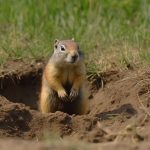When Do Gophers Come Out of Hiding? Understanding Gopher Activity Levels
Some regard gophers as unappreciated horticulturalists because they enrich the soil and aid in healthy root growth. However, pocket gophers have an annoying habit of ruining landscaped lawns with their unsightly mounds. Worse still, these elusive rodents rarely step out of their burrows, making it impossible to catch them at their most vulnerable.
So, when do Gophers come out? Gophers are active day and night but often poke out just enough to pluck at nearby vegetation or haul dirt out of their burrows. However, gopher activity peaks in the early afternoon and night, when they’re more likely to be seen above ground.
Understanding gopher behavior patterns and habitat can help you take preventive measures to keep them under control. This blog post is meant to educate readers on gopher activity patterns, how to identify them, and the best pest control methods to contain these rodents.
When are Gophers Active?
Gophers don’t enter a state of dormancy. But the extent of their activity is somewhat erratic, making one wonder: when are pocket gophers most active? When assessing gopher activity levels, consider two main points.
Research on wildlife behavior patterns suggests that these garden pests restrict their tunneling at extreme temperatures to preserve energy and escape heat-related health issues. As a result, they limit their activity during the late afternoon when the soil temperature is at its peak and morning when the underground temperature is lowest.
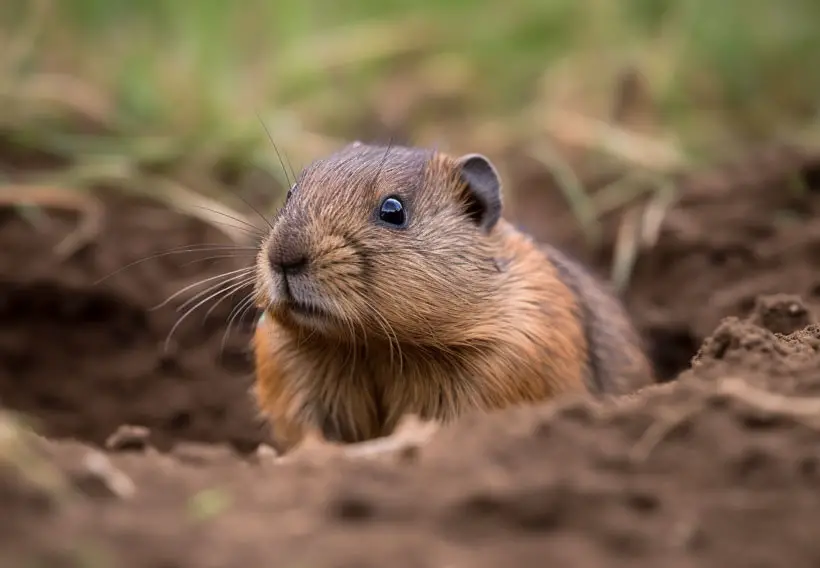
Gophers tend to be most active during two particular time periods, as observed by this study: from 10:00 pm to 6:00 am and from 1:00 pm to 5:00 pm in the afternoon. During these times, they commonly venture out to forage for food.
Also, the time of year has an enormous effect on the activity of gophers. In the mild seasons of spring and fall, gophers tend to be at their busiest. On the other hand, summer brings a hot climate that encourages gophers to seek shelter deeper within their burrows to avoid the heat and store moisture.
Gopher Behavior During the Day
It’s true to say that these rodents showcase predictable patterns of activity during the day. Nevertheless, factors like weather conditions, food availability, and predator activity may influence animal behavior in daylight.
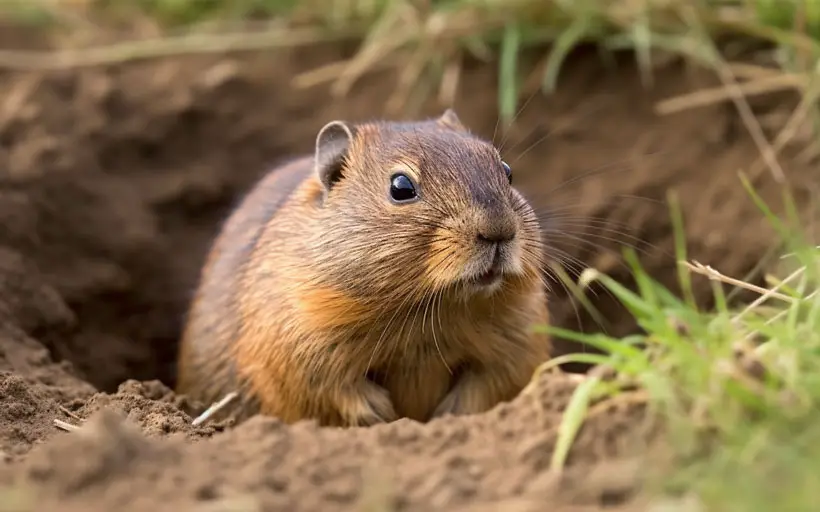
Above-Ground Activity and Behavior
These rodents typically come out in mild weather. That said, they’ll often engage in above-ground activities in the morning hours just after sunrise and late afternoons.
Above-ground activities pretty much center on foraging. Being selective eaters, these rodents often forage on roots, tubers, and bulbs of grasses and herbaceous plants. But sometimes, they can also forage on the tops of young tender plants, especially during Spring.
Besides foraging, gophers will occasionally be seen sunbathing and grooming themselves. Moreover, these rodents will occasionally come out to scavenge for nesting materials. They’ll gather things like leaves, grasses, and plant matter for their nests.
It might interest you to know that there’s typically one gopher per tunnel system. Therefore, you’ll sometimes see males above the ground relocating to female tunnels to mate.
Underground Activity and Behavior
These rodents are subterranean. So, it makes sense that they’ll spend the bulk of their daytime hours underground, tunneling up to 1.8 meters per hour. After all, tunneling is their primary means of food and survival.
Gophers carve out soil using sharp claws and powerful front teeth. While at it, they’ll consume insects and roots they encounter during tunneling.
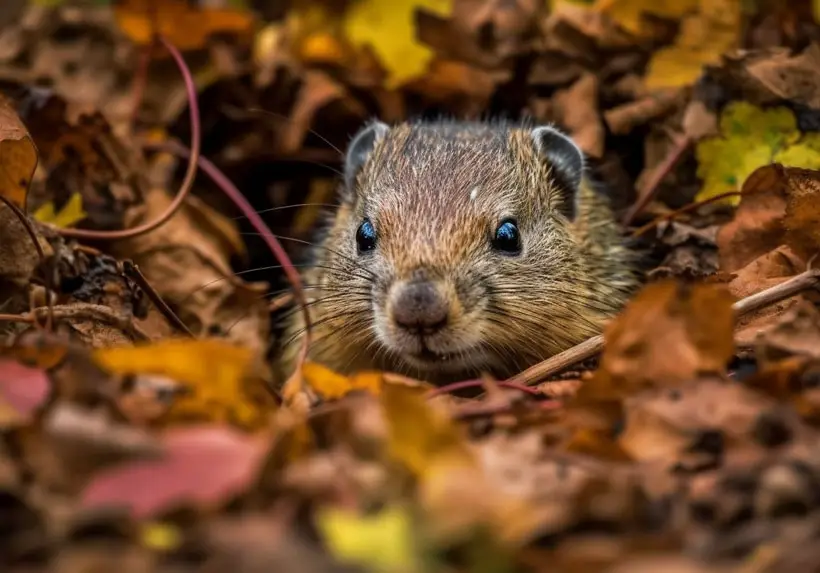
For the record, this tunnel system is so detailed to include separate chambers. These rodents will carve out separate chambers for sleeping, food storage, waste disposal, and for rearing offspring.
These rodents may tunnel at any time of the day. Nevertheless, their digging activity is more prevalent in cooler hours or during periods of low light, mostly twilight.
By knowing gopher activity during the day, you’ll better analyze the habits of these rodents. You’ll be able to tell their movements, preferences, and tendencies. From this information, you can craft more effective strategies for preventing gopher damage and infestation.
Gopher Infestation Timeline
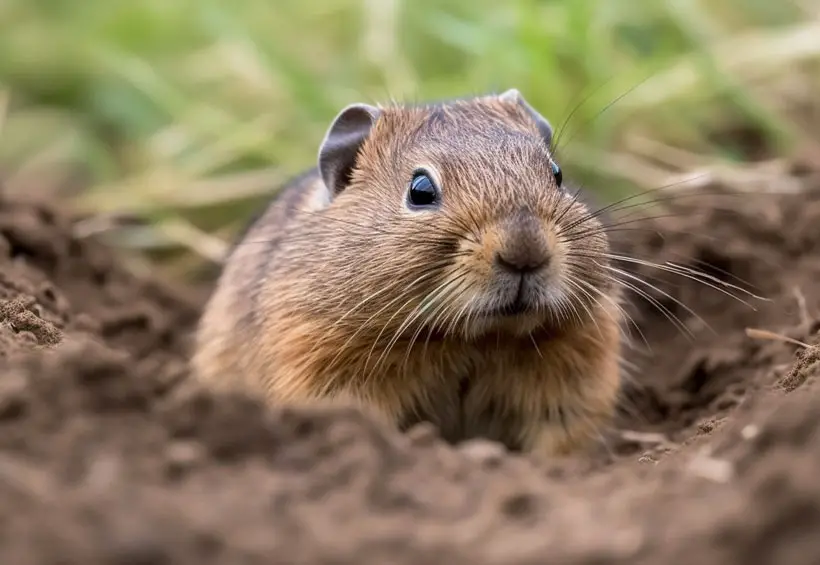
How does gopher activity change with different times of the year? Here’s a breakdown of what you should expect during gopher infestation.
| Time | Activity |
|---|---|
| Spring (March to April) | Mating and breeding |
| Summer months (June to August) | Rapid population growth |
| Fall (September to November) | Gophers come out to forage for Winter |
| Winter (December to February) | Gophers retreat underground |
March 1 to April 30
March is often marked by lush vegetation, warm weather, and moist soil. And guess what, it’s just the ideal condition for these rodents to start invading your property. They’ll dig tunnels and build nests to rest and raise their pups. And while at it, they’ll start mating and breeding, with females having a litter of 5-6 pups depending on gopher species.
June 1 to August 31
These rodents are often weaned after 40 days. Therefore, you won’t notice any population growth during May. This is not until June when the pups mature into juveniles. During this time, there will be rapid population growth and heightened underground foraging.
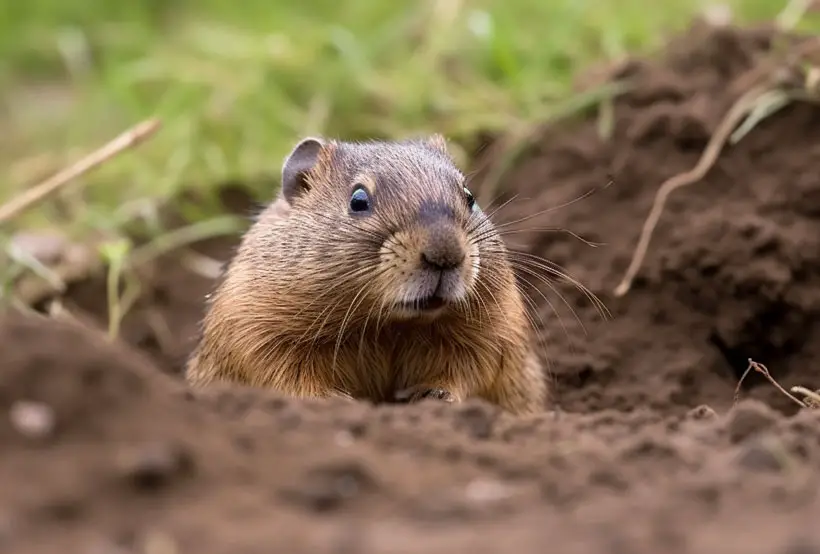
September 1 to November 30
By September, you’ll notice heightened above-ground activities. In fact, this is the time when you have more chances of seeing these rodents above the ground. They’ll surface to forage for food before Winter sets in. So, expect a significant plant damage.
December 1 to February 28 (or February 29 in a leap year)
By December, these rodents will retreat deep underground to escape the harsh Winter. But they’ll not be inactive, at least not entirely. Instead, they’ll continue to burrow, oftentimes damaging underground irrigation pipes and utility cables.
Provided the weather is warm enough, these rodents may start breeding during late February as Winter wears out. This will cause significant rodent population growth and higher competition. Other rodents will have no choice but to relocate to new territories, damaging your property even more.
Note that this infestation timeline will help property owners understand when these rodents are more active, vulnerable, or at their most destructive stage. You can use this information to implement effective trapping and gopher control strategies to protect your home.
Impact of Gopher Activity on Plant Growth
Let us explore how plant physiology and the ecosystem can suffer or benefit from gopher activity. The impact on soil quality, water distribution, and the growth and stability of plants will be examined thoroughly.
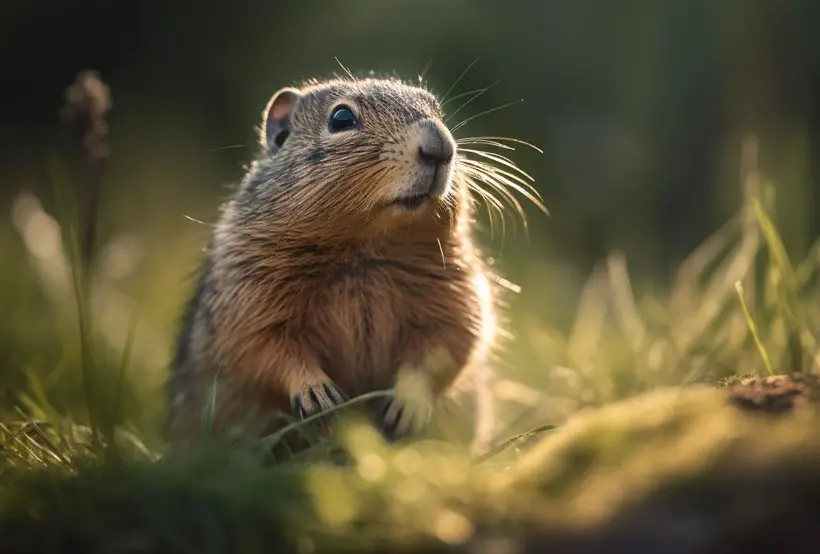
Soil quality
The extensive burrow network can improve soil structure and aeration. The burrows break up compacted soil, allowing water, air, and nutrients to penetrate plant roots. However, excessive gopher activity can disrupt soil structure, leading to soil erosion and degradation.
Water distribution
Burrows act as conduits for water to seep into the soil. This helps replenish groundwater, boost drainage, and improve the overall water cycle. However, too many burrows in one area lead to waterlogging, inhibiting plant growth.
Plant growth and stability
Pocket gophers benefit plants that grow into already dug tunnels. The burrows provide well-aerated soil for plant growth, and the tunnels’ waste helps fertilize them.
However, gopher activity can cause root damage to established plants, killing them. The tunnels can also undermine the stability of plant roots, causing them to become uprooted or fall over. According to reports on Wildlife Damage Management, gopher activity has significantly reduced forage yields in Nebraska.
Gopher Trapping and Removal Strategies
Trapping is frequently the go-to method for controlling gopher numbers, as these wildlife management practices are seen as humane and efficient. We especially appreciate its pinpoint precision in limiting its application to a specific region. This allows us to limit damage to the surrounding environment, as well as ensuring that non-targeted species remain unharmed.
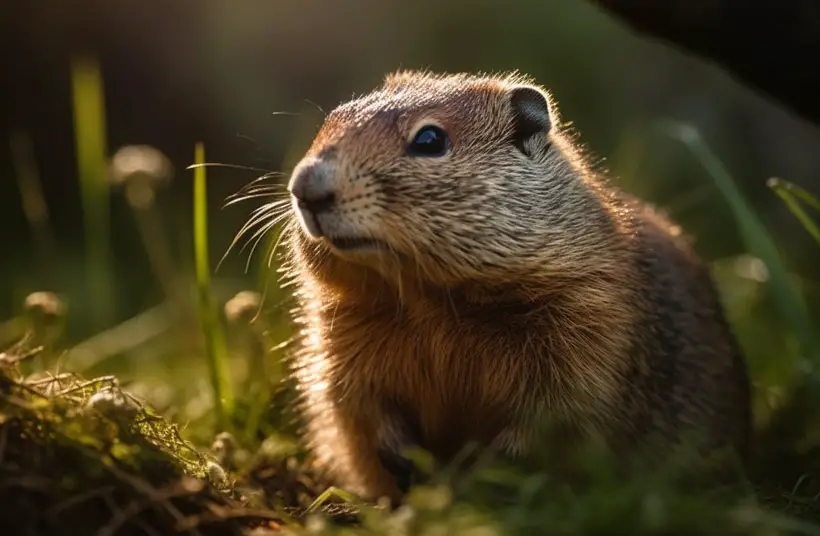
You’ll definitely bag more gophers using the two-pronged, pincher trap or the choker-style box trap. However, you also want to set your trap when these rodents are most active, preferably in spring or fall.
Setting Your Gopher Trap Step-By-Step
Now, you want to identify active burrows by locating freshly dug soil around holes. Then use a probe to poke around for the main tunnel. Once you locate the main tunnel:
Step 1: Open the tunnel, just wide enough for the trap to fit inside. Pincher trap would often need a wider opening, more than 3 inches.
Step 2: Now set the trap with the open end facing the tunnel. You may bait the trap with gopher favorite food to increase your chances of bagging the rodent. Then place a cardboard over the opening to block out light.
You may then check your trap daily to see if you’ve got one of these rodents.
Gopher Disposal Strategies
Remember these rodents may carry diseases that can harm you and your pet. This means you should be careful when disposing trapped gophers.
That said, put on some gloves before handling the trap. Then consider humane methods to kill the gopher. For instance, you may dip the trap in a bucket of water to drown the rodent. Once dead, wrap it in a plastic bag and throw in the trash.
Another way would be to get the rodent alive and call animal control or release it into the wild.
How Can You Understand You Got Rid of All Existing Gophers in Your Lawn/Garden?
Wiping out all rodents is the end goal. But how do you know you’ve achieved this? First, check for new gopher activity like fresh mounts and holes, and new damage to plants. If there are no fresh mounts and the plants are thriving, then you’ve likely got rid of all rodents. Other indicators include empty traps and no gopher sighting for months.
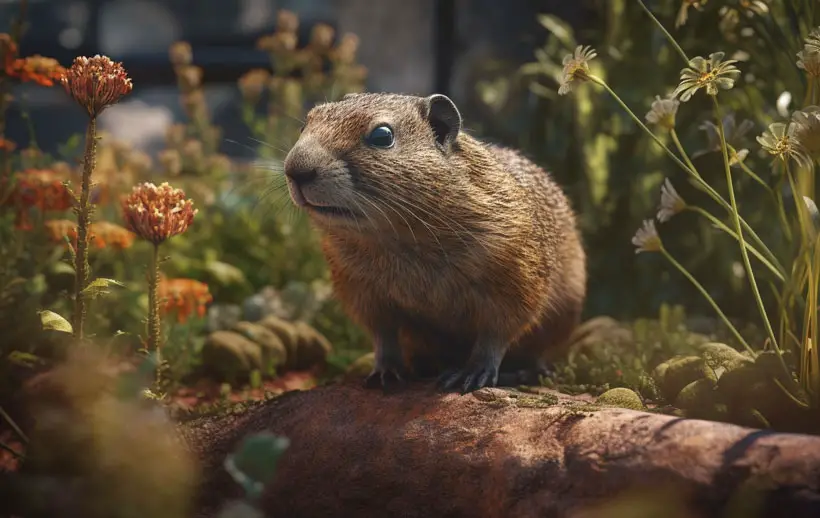
Preventative Measures to Keep Gophers Away
Trapping and removal of gophers aren’t the only solutions to get rid of them. You have to take some preventative measures so that they can’t return again.
Exclusion
Garden fencing is the best exclusion method. Surround the area you want to protect with a mesh wire fence. Bury it at least 2 feet deep into the ground to prevent gophers from burrowing under it.
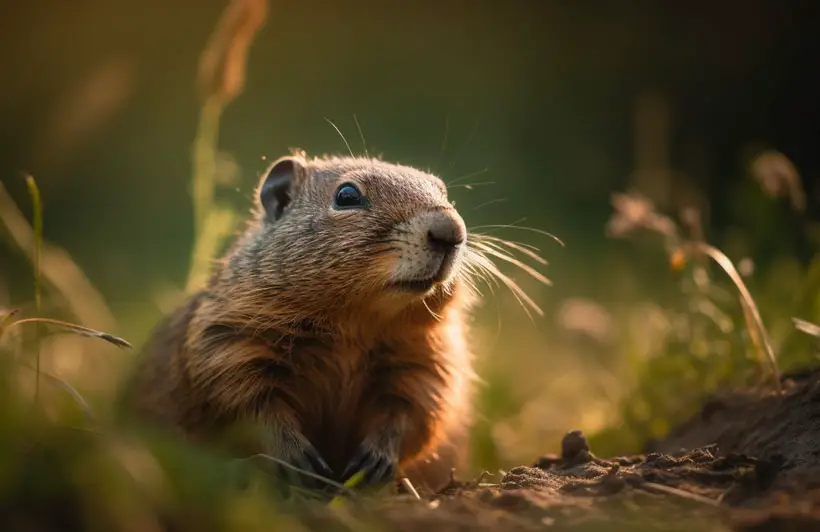
Companion Planting
Grow buffer plants alongside crops you want to protect to provide pest-repellent benefits. Natural pest repellents for pocket gophers include marigolds, lavender, and rosemary.
Proper lawn maintenance
Gophers usually favor overgrown, unkempt lawns with dense vegetation. Keeping the lawn mowed regularly can help prevent gophers from finding a suitable habitat.
If you’re curious about when gophers come out of hiding, you might also be interested in our articles on gopher habitat (where do gophers live) and what gophers hate the most. Our article on gopher habitat provides insights into the preferred living environments of gophers and where you’re likely to find them. Additionally, if you want to know effective deterrents for gophers, our article on what gophers hate the most offers valuable information. By exploring these articles, you’ll gain a better understanding of gophers’ natural habitats and effective strategies for dealing with them.FAQs
How do I identify gopher activity in my garden or lawn?
Look for crescent-shaped mounds with holes exiting at 45 degrees. There’s no dirt on the side of the hole. Also, the hole is plugged up with loose soil. Plus, gophers tend to do bigger chunks, not fine dirt like moles.
What should I do the moment I suspect a gopher infestation?
You can trap them, flush them out of their tunnels through flooding or fumigation, or use natural pest repellents. Also, setting up a physical boundary around your lawn or garden can help prevent any further intrusions.
Can gopher activity change based on weather conditions?
Extreme temperatures limit gopher activity. They’re less active when the temperature is at its warmest or coldest. Their activity peaks in mild temperatures, especially during spring.
Conclusion
To wrap it up, gophers may come out during the day or night. However, these rodents are more active in mild temperatures, especially during spring and fall. While gopher influx is a major concern, wildlife management strategies like exclusion, companion planting, proper lawn maintenance, and trapping will help limit their impact.
Understanding gopher behavior and activity will help shed light on their burrowing habits, food preferences, and reproduction patterns for effective garden pest control. However, further research is needed to develop natural pest control methods safe for gophers and other wildlife. This will help create sustainable and environmentally friendly solutions for managing gopher populations while preserving their role in the ecosystem.



